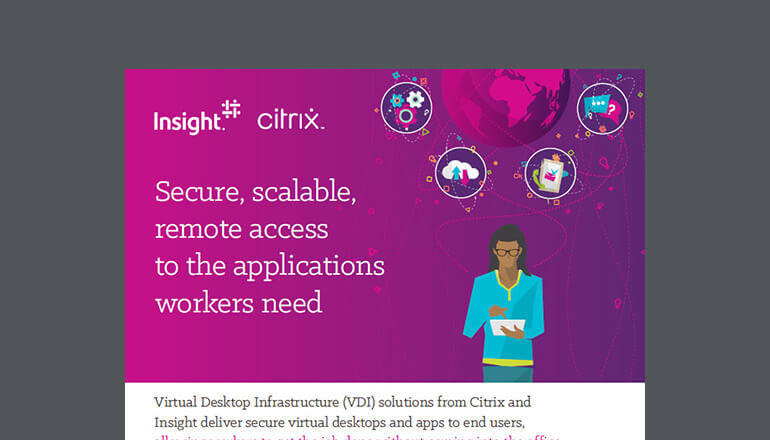Infographic text included for screen readers:
10 Questions to Ask About IT Outsourcing
Question 1
Do you have a good reason to outsource?
Before deciding to outsource IT operations or support services to a Managed Service Provider (MSP), build a business case and carefully evaluate your needs, including drivers for innovation, growth and financial objectives.
Building the business case
- State the problem.
- Propose the solution.
- Ensure alignment to business outcomes.
- Understand current in-house costs.
- Determine the cost of outsourcing.
- Look for hidden expenses.
- Evaluate return on investment.
- Does it make sense to outsource?
Question 2
Have you conducted a benchmark assessment?
Understanding metrics within your industry will help you identify opportunities for improvement so you can close performance gaps.
Common benchmarks to consider for managed IT services
- Ticket rates by source
- Tickets per user per month
- Tickets per technician per month
- Mean Time to Resolution (MTTR)
- First-Call Resolution (FCR) percentage
Question 3
Do you have a goal?
Set goals that are well-defined and specific. If you’re having difficulty stating your objectives, consider adjusting the scale and scope of the project.
Well-defined goals will help you:
- More easily communicate needs.
- Obtain unambiguous proposals.
- Avoid hidden costs.
- Set realistic timelines.
Question 4
Is cost-cutting your only priority?
While decision-makers, especially in procurement, are focused on cost-cutting, it shouldn’t be your sole objective. MSPs can fill a variety of strategic needs. Successful organizations look for value that goes beyond cost-cutting and aligns to business outcomes.
Top reasons businesses worldwide are outsourcing IT:
- Freeing resources to focus on core business (49%)
- Providing access to skills not available in-house (46%)
- Reducing costs (45%)
- Improving flexibility in the use of resources (39%)
- Improving the ability to innovate (15%)
Question 5
Has your service provider been fully vetted?
Your MSP will become an extension of your organization — and a reflection of your business. Be sure you understand your service provider’s capabilities and limitations.
What to consider while evaluating a potential MSP:
- Do your organizations share similar values?
- Does the company culture align to your own?
- Is the pricing structure transparent?
- Will the MSP meet or improve security standards?
- Can the MSP meet the same compliance standards as in-house teams?
- Will the MSP provide dedicated contacts and resources?
Question 6
Do you have a detailed roadmap?
A roadmap for service implementation will help you monitor your progress and how your service provider is tracking toward goals and milestones.
Question 7
Does the execution methodology make sense?
Look for holes in the plan. Bringing internal stakeholders into the conversation early in the process can help you avoid unanticipated roadblocks and expenses.
Plan for risks and how to mitigate them.
- Communication difficulties
- Disruptions to business continuity
- Data security and privacy vulnerabilities
- Unexpected or hidden costs
- Quality of service
Question 8
Are your Service-Level Agreement (SLA) metrics realistic?
Your benchmarking exercise can help you set strong, achievable SLAs. These will also help MSPs better understand and meet your expectations.
Pro tips on SLAs
- Set SLAs that will close performance gaps based on benchmarks.
- Consider pairing SLAs with satisfaction survey results.
- If SLAs are missed, work with your MSP to find root causes.
- Be prepared to change SLAs as business needs evolve.
Question 9
Have you seen a proof of concept?
Minimize risks by asking for a proof of concept. This will give you a chance to identify and solve issues that weren’t obvious in the initial proposal.
Proof of concept benefits
- Opportunity to refine implementation plan
- Data to support business case
- Chance to address communication or support gaps
- Reduced risk to business
Question 10
Have you established a clear system of communication?
Good communication will have the biggest impact on the success of your service implementation. Establish roles and responsibilities early on and ensure expected outcomes are always clearly communicated.
Communication is key.
- Put a process in place for escalating issues.
- Implement collaboration apps as needed.
- Provide training for internal and external teams.
- Communicate regulatory and security standards.
- Meet regularly to track progress toward goals.
Source:
Raconteur. (2018, May 3). Future of Outsourcing.







